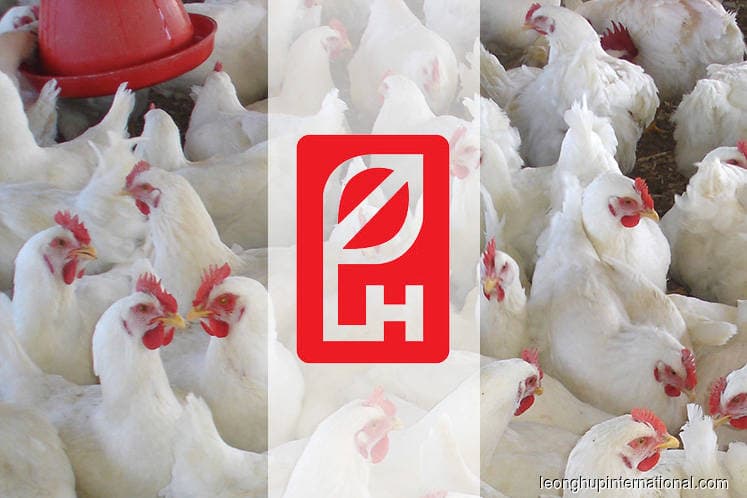
This article first appeared in The Edge Financial Daily on May 14, 2019
KUALA LUMPUR: Integrated poultry producer Leong Hup International Bhd, en route to a Main Market relisting on Bursa Malaysia on Thursday, saw a 15% growth in net profit to RM60.58 million in the first quarter ended March 31, 2019 (1QFY19) from RM52.68 million in the previous corresponding quarter.
A 12% increase in quarterly revenue to RM1.51 billion helped in boosting its net profit.
Earnings per share (EPS) also came in higher at 1.78 sen against 1.55 sen previously. To annualise the quarterly figure, ceteris paribus, the annual EPS would be 7.12 sen.
Based on the annualised EPS, Leong Hup shares, oversubscribed 3.64 times in the initial public offering, are valued at a price-earnings ratio of about 15.4 times at the offer price of RM1.10.
For the financial year ended Dec 31, 2018 (FY18), net profit was RM246.75 million against RM247.4 million in FY17. EPS was at 5.48 sen in FY18 and 5.66 sen in FY17.
“We are extremely encouraged by the company’s financial performance for 1QFY19, reflecting the strength of our geographical diversification as a fully integrated poultry operator.
“With our expansion plans, we are optimistic that Leong Hup will be able to achieve positive results for FY19,” said its group chief executive officer Tan Sri Lau Tuang Nguang in a statement yesterday.
For 1QFY19, revenue from sales of livestock and poultry-related products increased about 2.7% year-on-year from RM837.17 million to RM859.65 million, mainly due to an increase in sales volume and the average selling price (ASP) of eggs in Malaysia, and a higher ASP of broiler day-old chicks in Indonesia.
However, these were partially offset by lower revenue from sales in Singapore, primarily due to revenue loss from Jordon International Food Processing Pte Ltd, following the disposal of the subsidiary on June 30, 2018.
For its feedmill segment, revenue jumped 27% from RM506.67 million to RM643.63 million, primarily because of higher sales volume and ASP of livestock feed in Indonesia and Vietnam.